
How to Use ESP32: Examples, Pinouts, and Specs
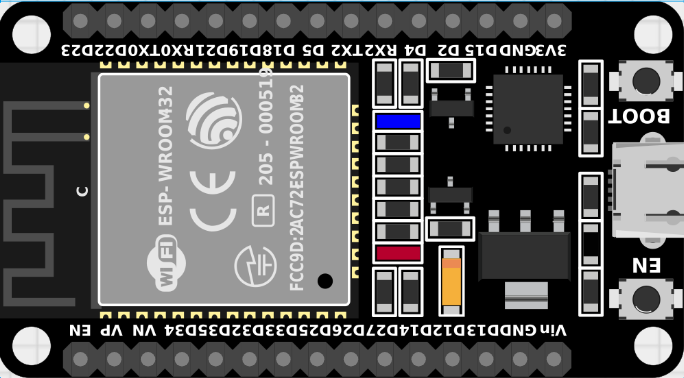
 Design with ESP32 in Cirkit Designer
Design with ESP32 in Cirkit DesignerIntroduction
The ESP32, manufactured by ESP, is a low-cost, low-power system on a chip (SoC) with integrated Wi-Fi and Bluetooth capabilities. It is widely used in Internet of Things (IoT) applications, embedded systems, and smart devices. The ESP32 is highly versatile, offering dual-core processing, a rich set of peripherals, and support for various communication protocols, making it a popular choice for developers and hobbyists alike.
Explore Projects Built with ESP32
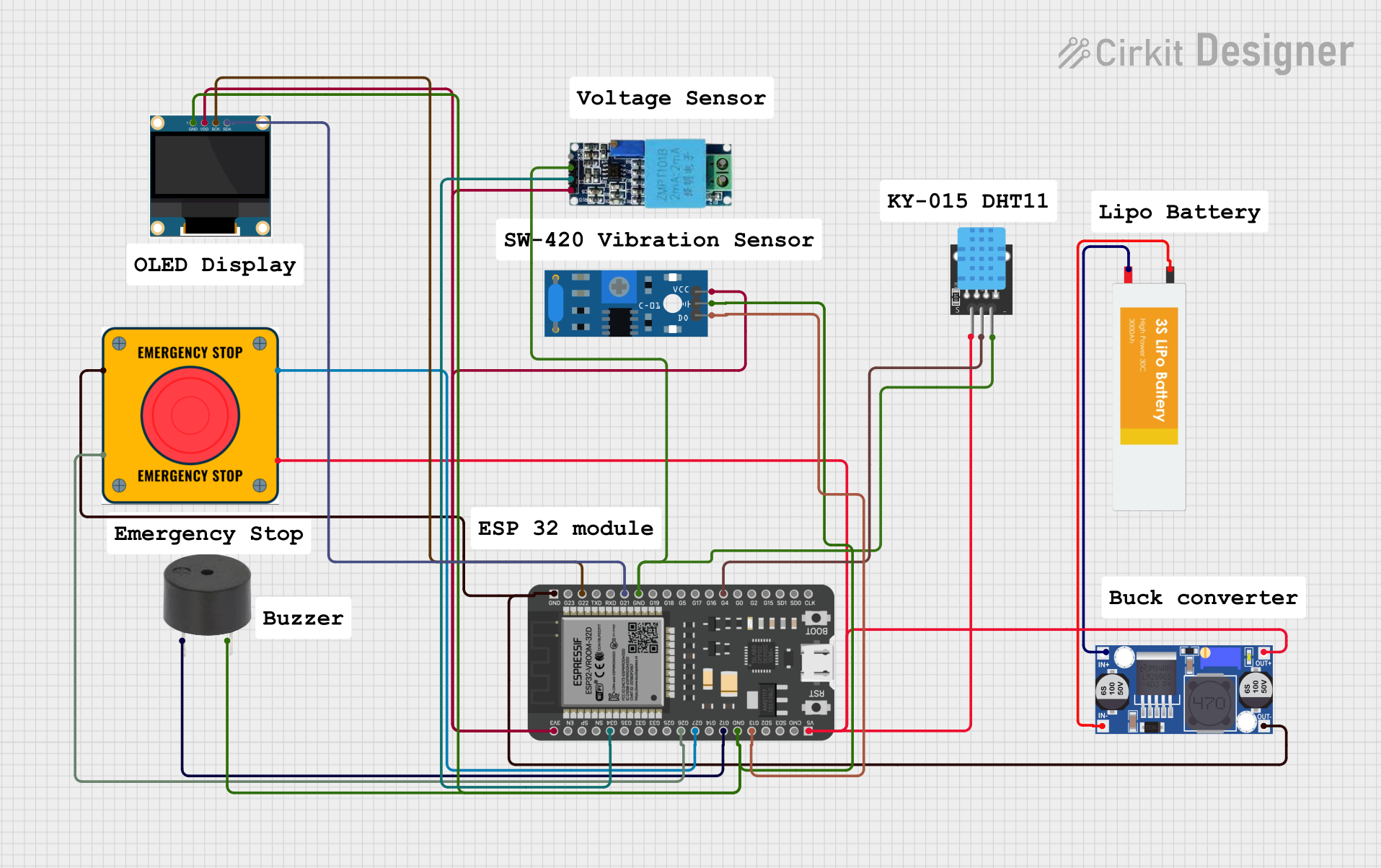
 Open Project in Cirkit Designer
Open Project in Cirkit Designer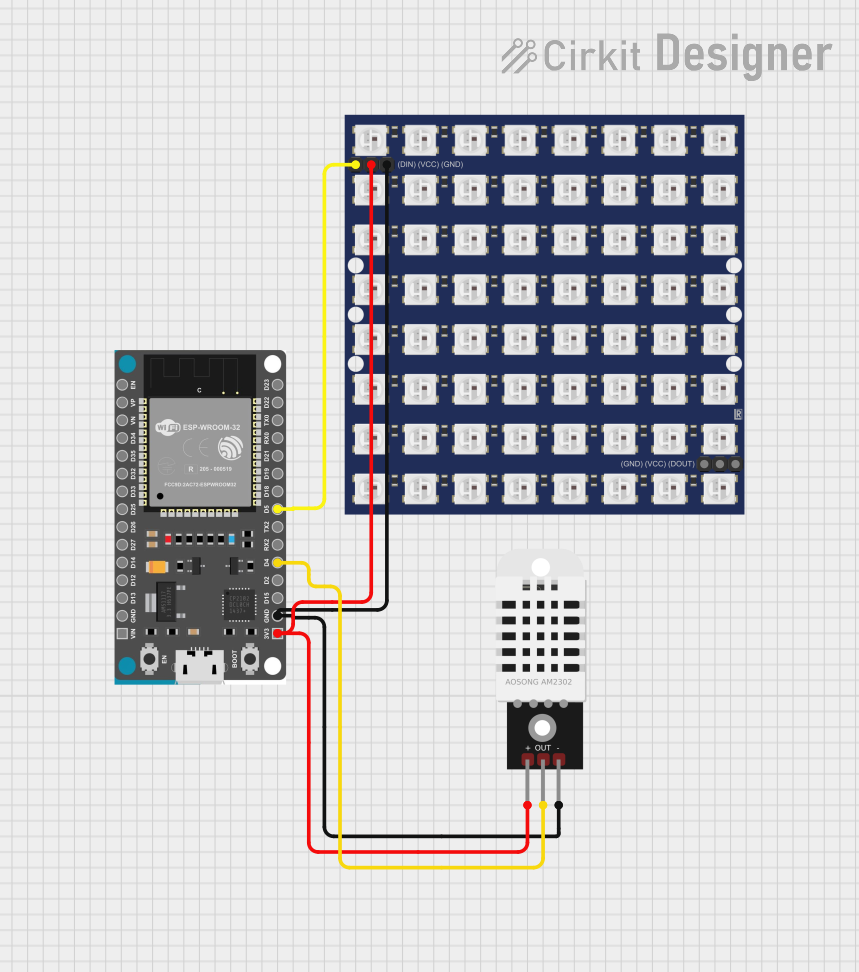
 Open Project in Cirkit Designer
Open Project in Cirkit Designer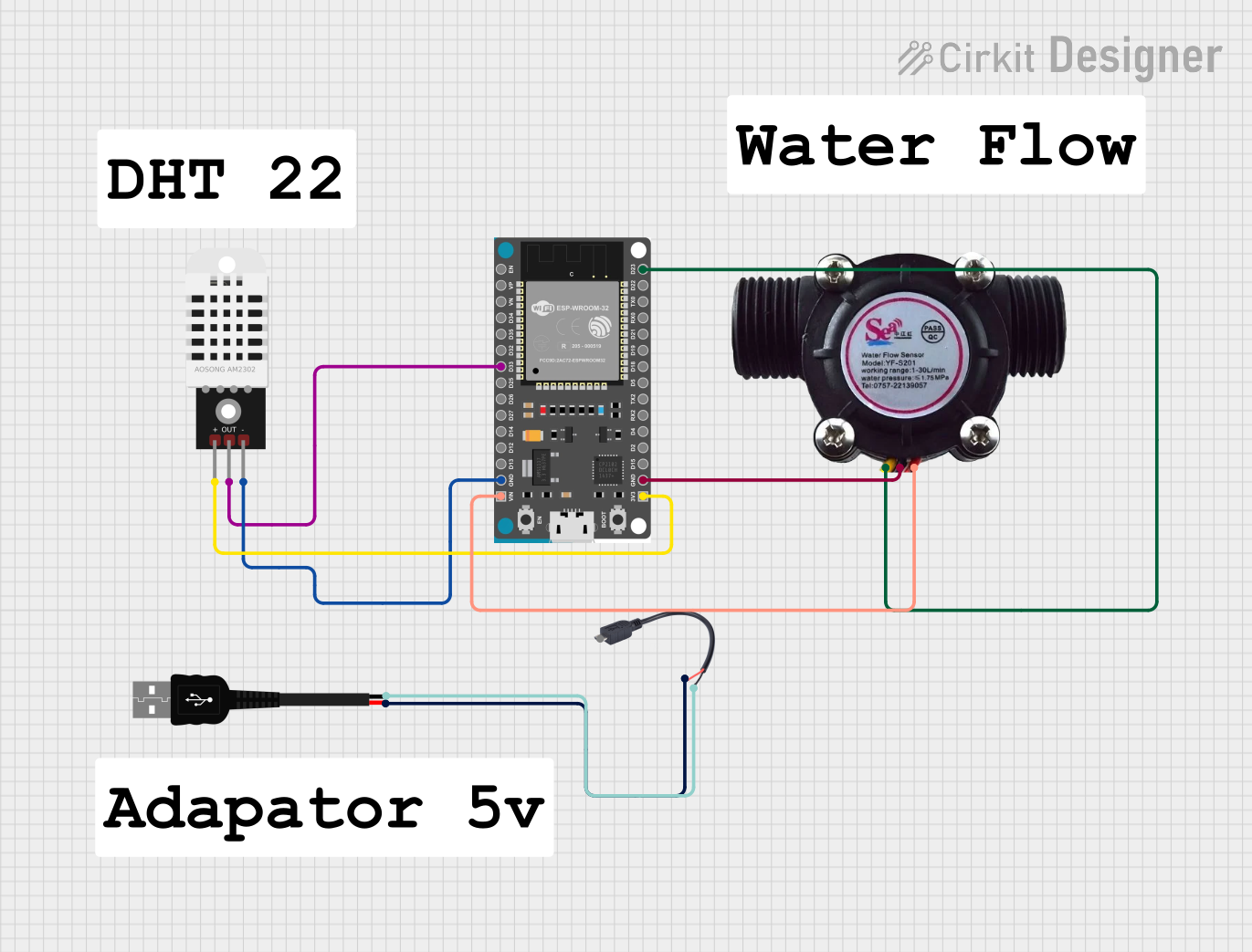
 Open Project in Cirkit Designer
Open Project in Cirkit Designer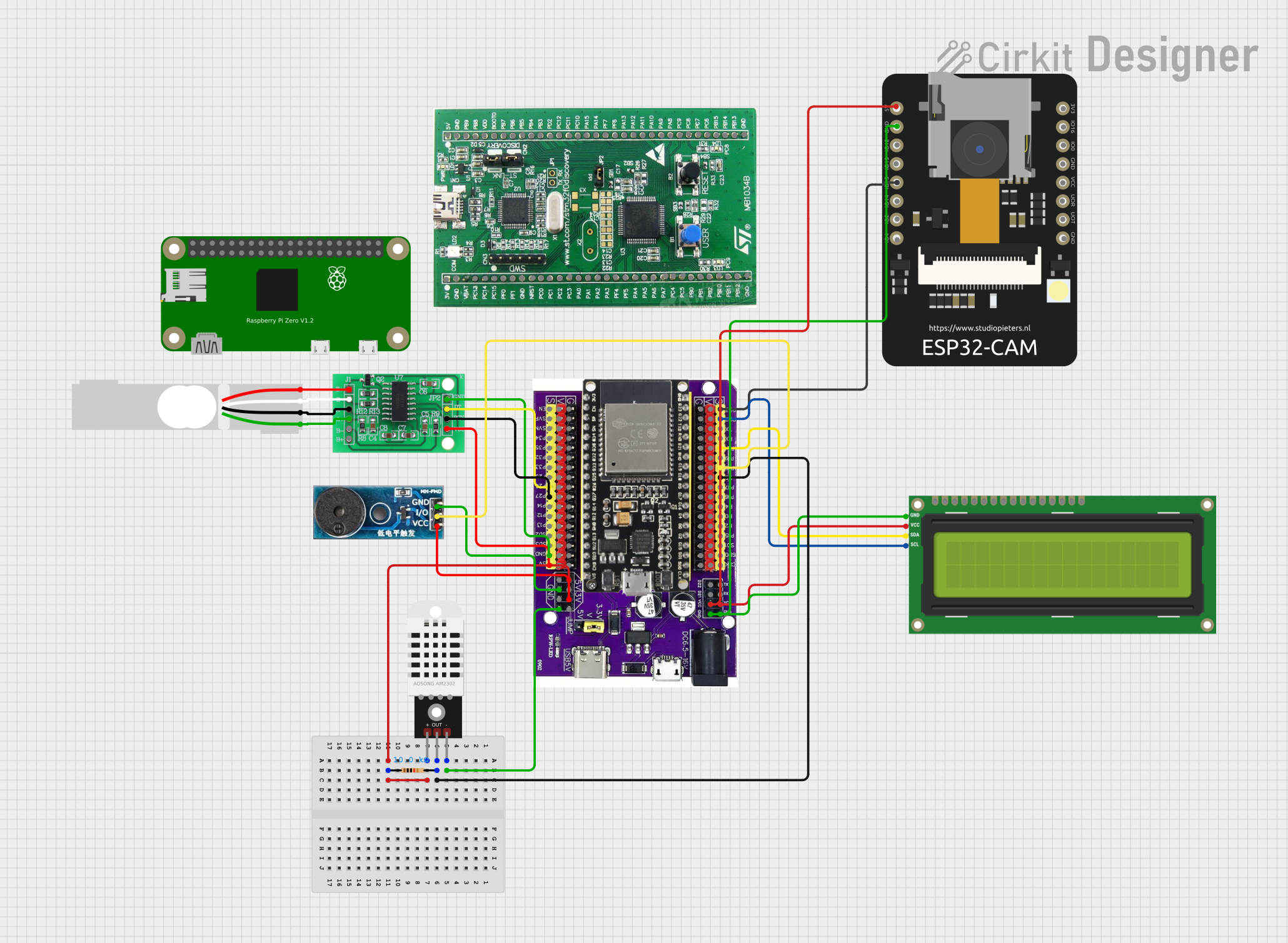
 Open Project in Cirkit Designer
Open Project in Cirkit DesignerExplore Projects Built with ESP32

 Open Project in Cirkit Designer
Open Project in Cirkit Designer
 Open Project in Cirkit Designer
Open Project in Cirkit Designer
 Open Project in Cirkit Designer
Open Project in Cirkit Designer
 Open Project in Cirkit Designer
Open Project in Cirkit DesignerCommon Applications and Use Cases
- IoT devices (e.g., smart home systems, sensors, and actuators)
- Wearable technology
- Wireless communication hubs
- Robotics and automation
- Data logging and remote monitoring
- Prototyping and educational projects
Technical Specifications
The ESP32 is a feature-rich SoC with the following key technical details:
| Specification | Details |
|---|---|
| Manufacturer | ESP |
| Part ID | 32 |
| Processor | Dual-core Xtensa® 32-bit LX6 microprocessor |
| Clock Speed | Up to 240 MHz |
| Flash Memory | 4 MB (varies by module) |
| SRAM | 520 KB |
| Wireless Connectivity | Wi-Fi 802.11 b/g/n, Bluetooth 4.2 (Classic and BLE) |
| Operating Voltage | 3.0V to 3.6V |
| GPIO Pins | 34 (multiplexed with other functions) |
| ADC Channels | 18 (12-bit resolution) |
| DAC Channels | 2 |
| Communication Interfaces | UART, SPI, I2C, I2S, CAN, PWM |
| Power Consumption | Ultra-low power (varies by mode: active, sleep, deep sleep) |
| Operating Temperature | -40°C to +125°C |
| Package | QFN48 (varies by module) |
Pin Configuration and Descriptions
The ESP32 has a flexible pinout, with GPIO pins that can be configured for multiple functions. Below is a summary of the key pins:
| Pin Name | Function | Description |
|---|---|---|
| GPIO0 | Input/Output, Boot Mode Select | Used for boot mode selection during startup. |
| GPIO1 (TXD0) | UART TX | Default UART0 transmit pin. |
| GPIO3 (RXD0) | UART RX | Default UART0 receive pin. |
| GPIO12-15 | Input/Output, SPI | SPI interface pins (MISO, MOSI, SCK, CS). |
| GPIO34-39 | Input Only | ADC input pins, cannot be used as outputs. |
| EN | Enable | Active-high enable pin to reset the chip. |
| 3V3 | Power Supply | 3.3V power input. |
| GND | Ground | Ground connection. |
Note: The exact pinout may vary depending on the ESP32 module (e.g., ESP32-WROOM-32, ESP32-WROVER).
Usage Instructions
How to Use the ESP32 in a Circuit
- Power Supply: Provide a stable 3.3V power supply to the
3V3pin. Ensure the current rating of the power source meets the ESP32's requirements. - Boot Mode: Connect GPIO0 to GND during startup to enter bootloader mode for programming.
- Programming: Use a USB-to-serial adapter or a development board (e.g., ESP32 DevKit) to upload code via UART.
- Peripherals: Connect sensors, actuators, or other devices to the GPIO pins. Configure the pins in your code for the desired functionality (e.g., input, output, ADC, PWM).
Important Considerations and Best Practices
- Voltage Levels: The ESP32 operates at 3.3V logic levels. Avoid connecting 5V signals directly to its GPIO pins.
- Power Consumption: Use deep sleep mode to minimize power consumption in battery-powered applications.
- Antenna Placement: Ensure the onboard antenna has sufficient clearance from metal objects to avoid signal interference.
- Pull-up/Pull-down Resistors: Some GPIO pins require external pull-up or pull-down resistors for proper operation.
Example: Connecting the ESP32 to an Arduino UNO
The ESP32 can be programmed using the Arduino IDE. Below is an example of how to blink an LED connected to GPIO2:
// Blink an LED connected to GPIO2 on the ESP32
// Define the GPIO pin for the LED
const int ledPin = 2;
void setup() {
// Set the LED pin as an output
pinMode(ledPin, OUTPUT);
}
void loop() {
// Turn the LED on
digitalWrite(ledPin, HIGH);
delay(1000); // Wait for 1 second
// Turn the LED off
digitalWrite(ledPin, LOW);
delay(1000); // Wait for 1 second
}
Tip: Install the ESP32 board package in the Arduino IDE before uploading code. Go to
File > Preferences, add the ESP32 board URL to the Additional Board Manager URLs, and install the package via the Board Manager.
Troubleshooting and FAQs
Common Issues and Solutions
ESP32 Not Detected by Computer
- Ensure the correct USB driver is installed for your USB-to-serial adapter.
- Check the USB cable for damage or try a different cable.
Upload Fails with "Failed to Connect" Error
- Hold the
BOOTbutton (or connect GPIO0 to GND) while pressing theENbutton to enter bootloader mode. - Verify the correct COM port and board type are selected in the Arduino IDE.
- Hold the
Wi-Fi Connection Issues
- Ensure the Wi-Fi credentials (SSID and password) are correct.
- Check for interference or weak signal strength.
GPIO Pin Not Working
- Verify the pin is not being used by another peripheral (e.g., ADC, SPI).
- Check for proper pull-up or pull-down resistor configuration.
FAQs
Q: Can the ESP32 operate on 5V?
A: No, the ESP32 operates at 3.3V. Applying 5V to its GPIO pins can damage the chip.
Q: How do I reset the ESP32?
A: Press the EN button on the development board or toggle the EN pin.
Q: Can I use the ESP32 for Bluetooth audio?
A: Yes, the ESP32 supports Bluetooth audio via the A2DP profile, but additional libraries may be required.
Q: What is the maximum range of the ESP32's Wi-Fi?
A: The range depends on environmental factors but typically extends up to 100 meters in open space.
For more information, refer to the official ESP32 datasheet and technical reference manual.